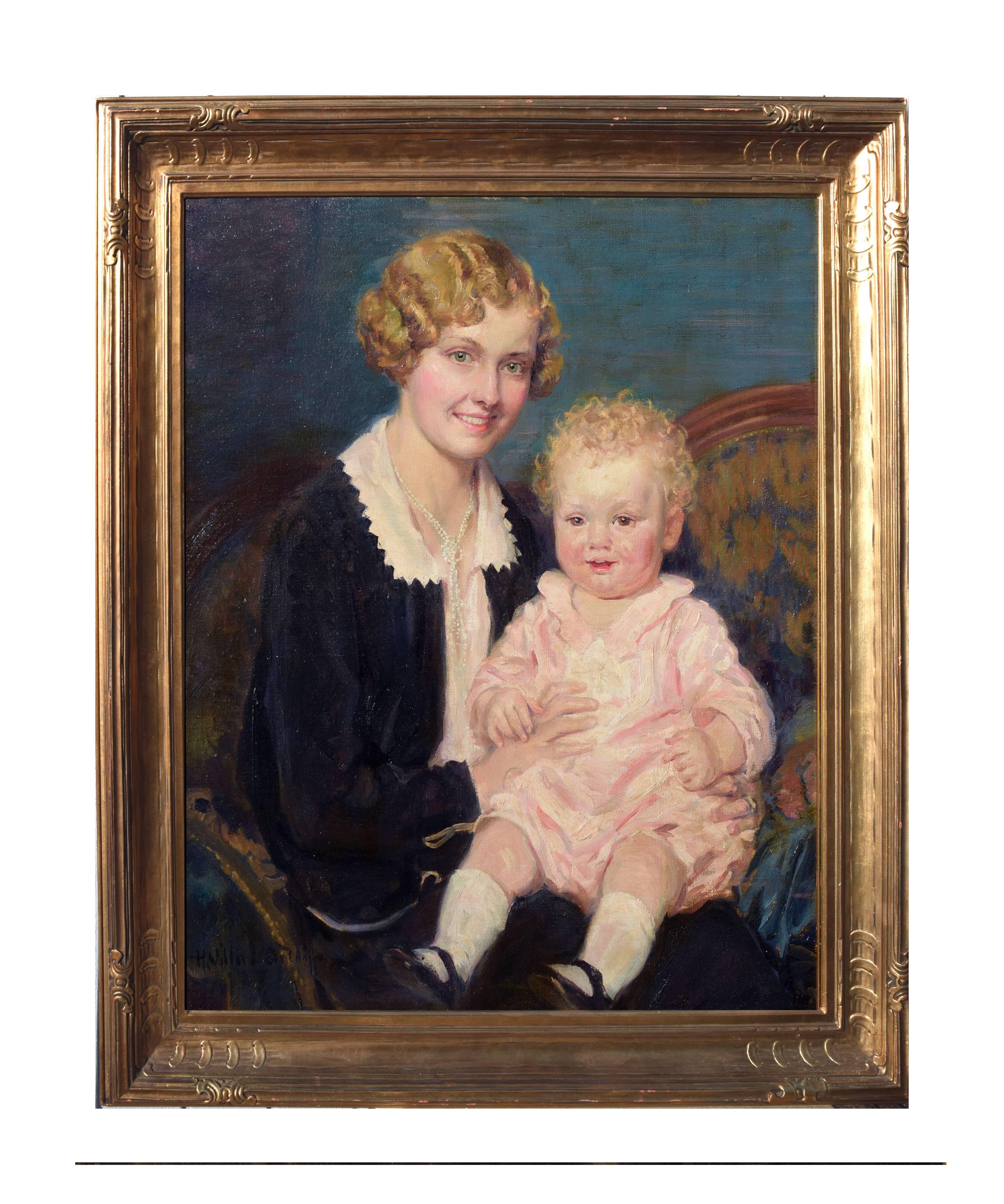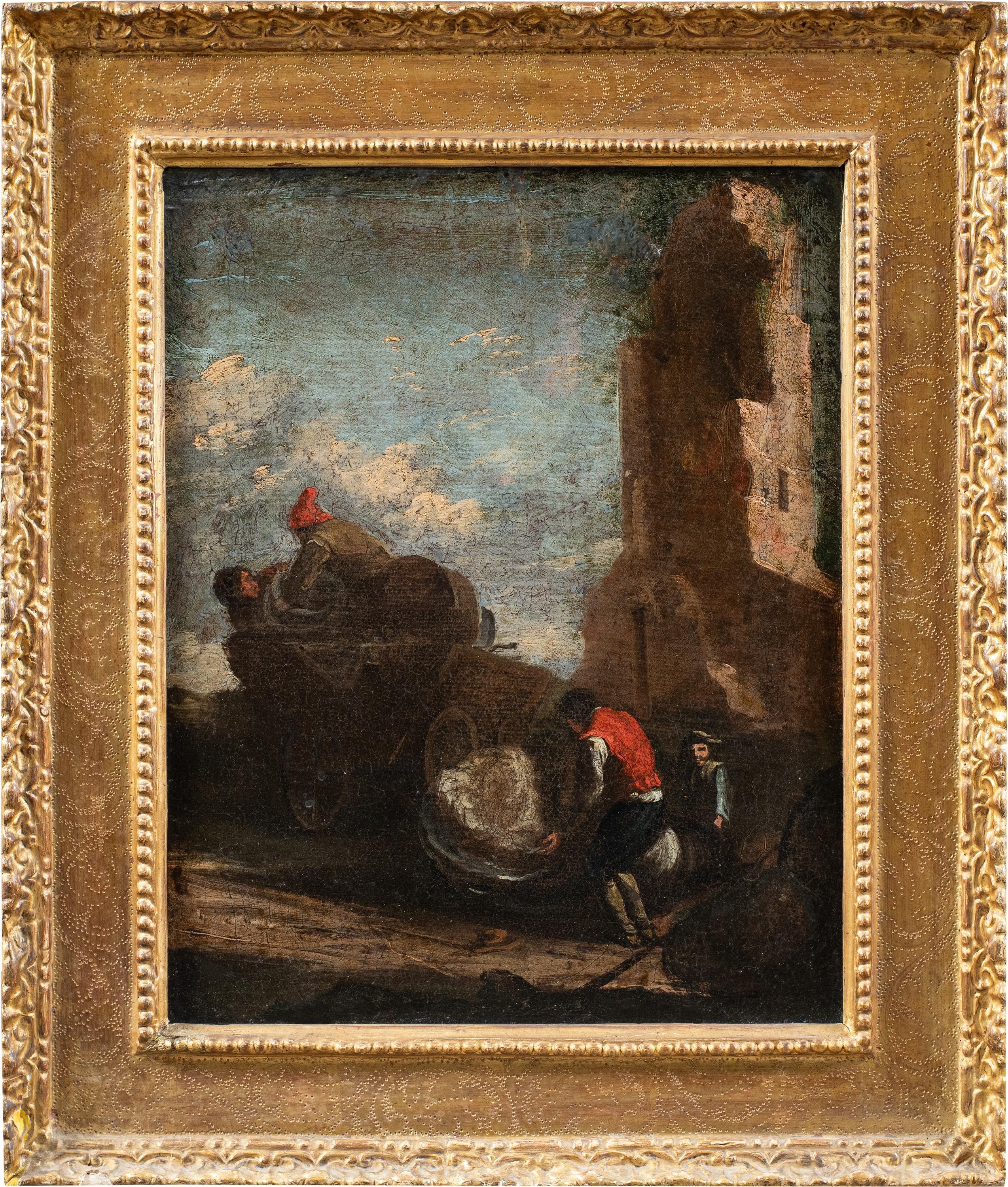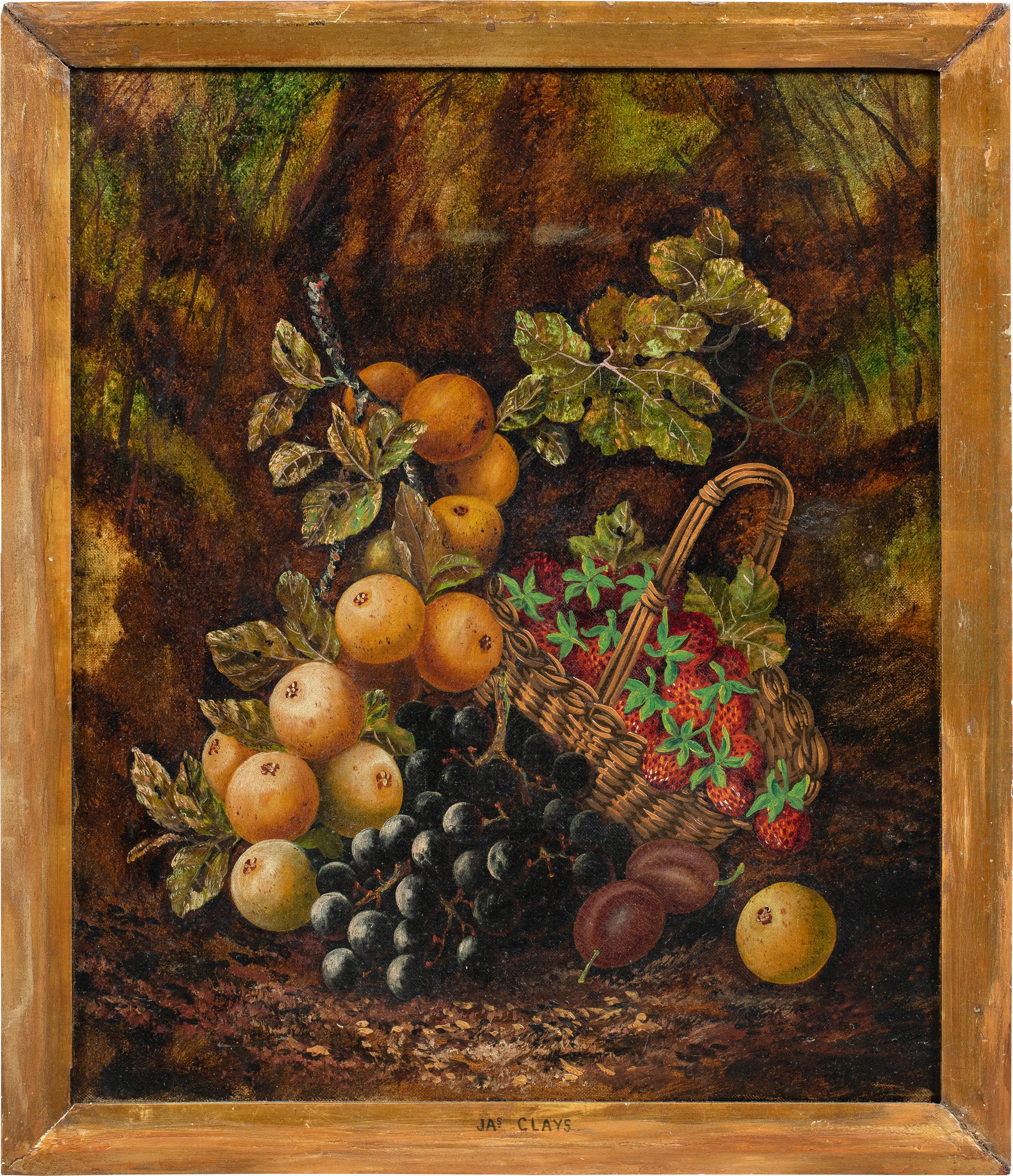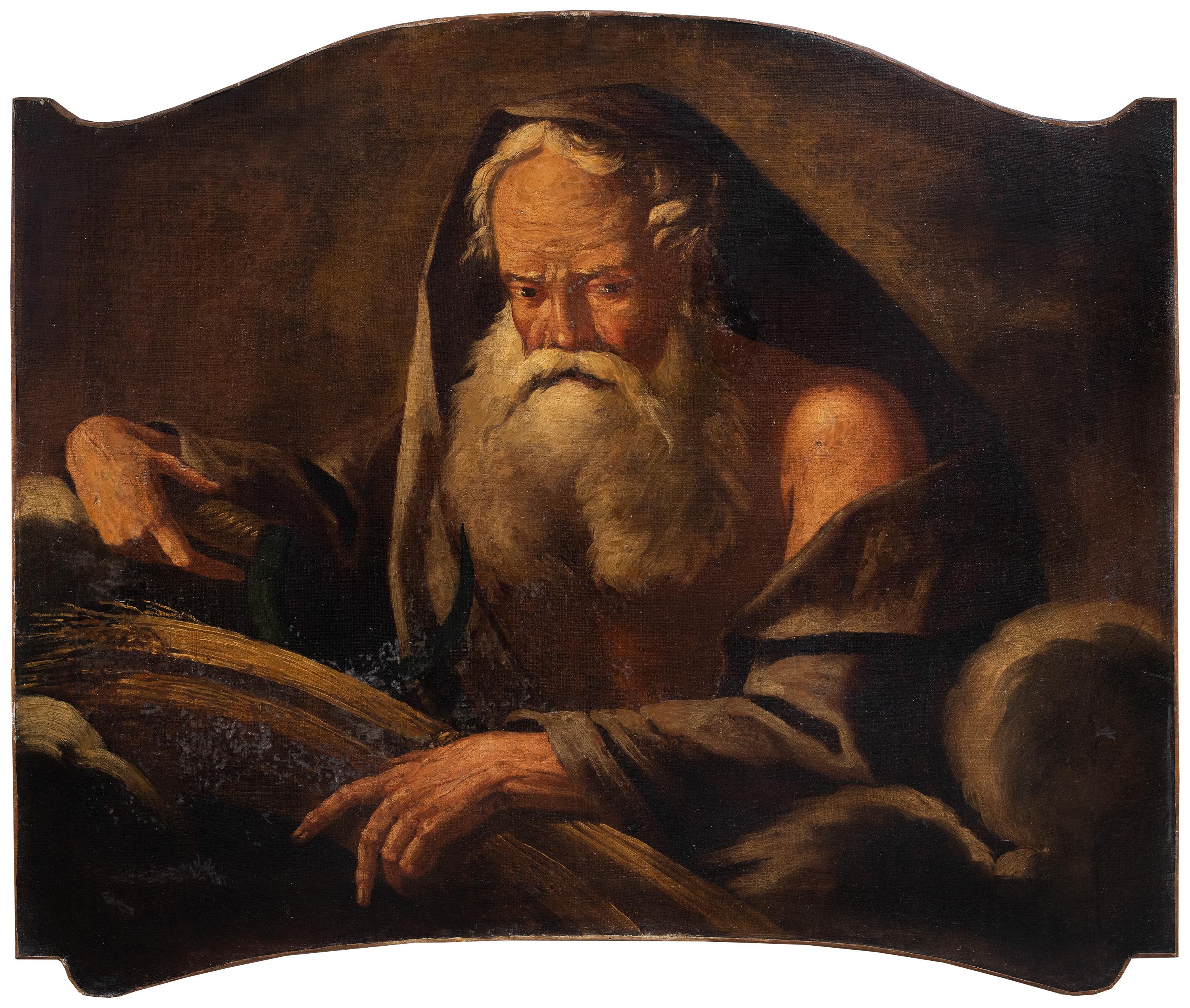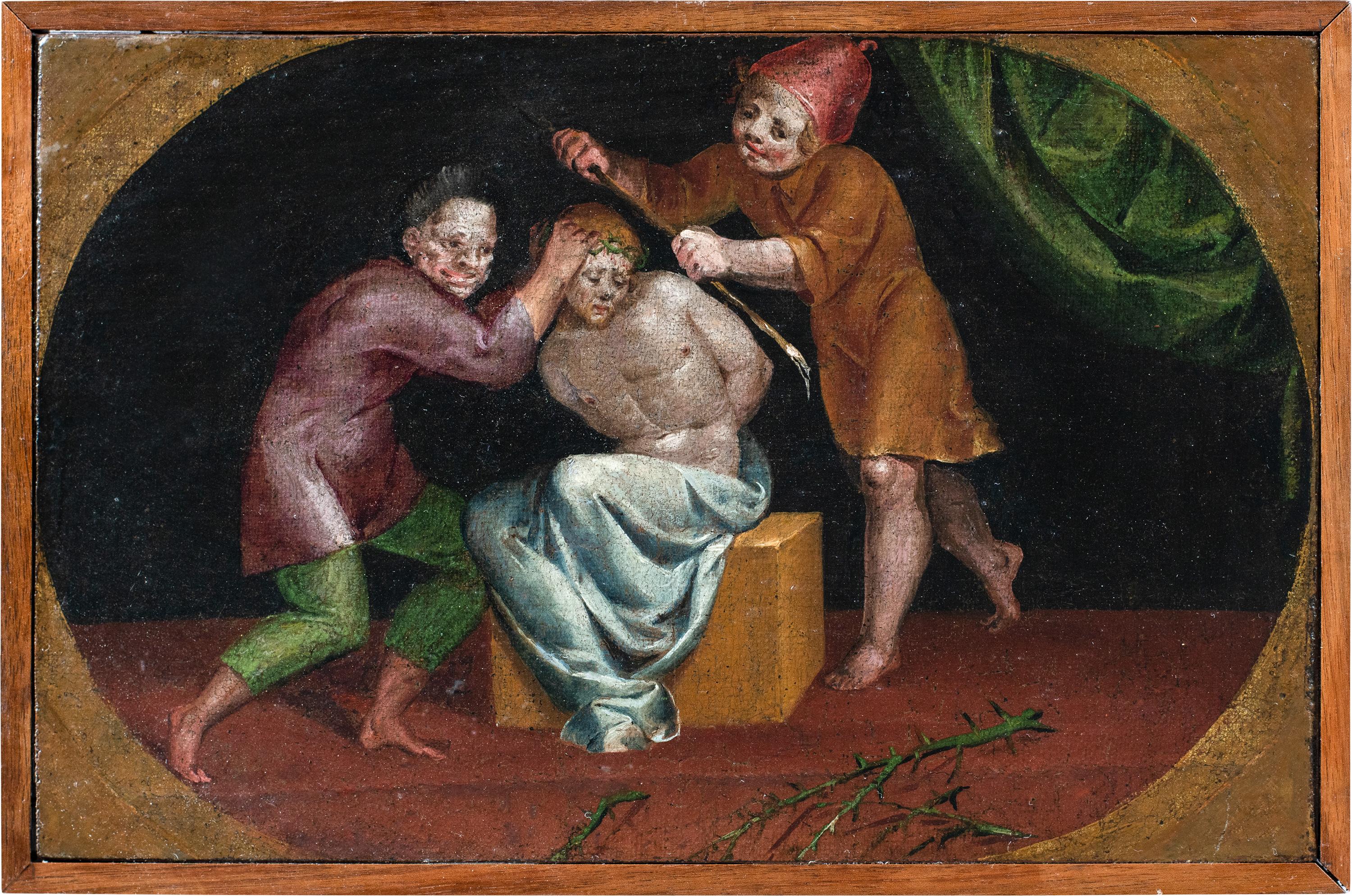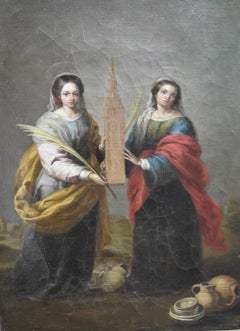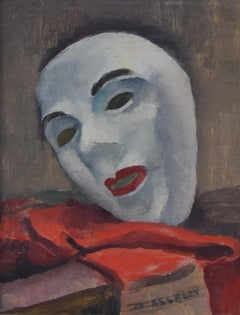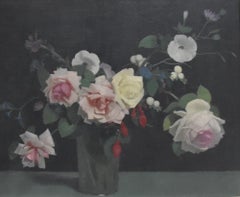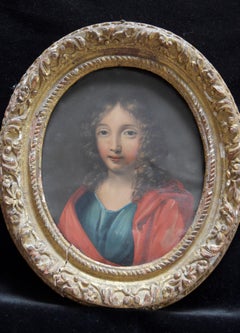
France 17th Century, Saint John the Evangelist, oil on copper
Want more images or videos?
Request additional images or videos from the seller
1 of 10
UnknownFrance 17th Century, Saint John the Evangelist, oil on coppercirca 1660
circa 1660
Price:$953.19
$1,320.16List Price
About the Item
- Creation Year:circa 1660
- Dimensions:Height: 7.88 in (20 cm)Width: 6.7 in (17 cm)
- Medium:
- Movement & Style:
- Period:1660-1669
- Condition:
- Gallery Location:Paris, FR
- Reference Number:Seller: Inv 7511stDibs: LU111224311112
About the Seller
5.0
Gold Seller
Premium sellers maintaining a 4.3+ rating and 24-hour response times
Established in 2018
1stDibs seller since 2019
248 sales on 1stDibs
Authenticity Guarantee
In the unlikely event there’s an issue with an item’s authenticity, contact us within 1 year for a full refund. DetailsMoney-Back Guarantee
If your item is not as described, is damaged in transit, or does not arrive, contact us within 7 days for a full refund. Details24-Hour Cancellation
You have a 24-hour grace period in which to reconsider your purchase, with no questions asked.Vetted Professional Sellers
Our world-class sellers must adhere to strict standards for service and quality, maintaining the integrity of our listings.Price-Match Guarantee
If you find that a seller listed the same item for a lower price elsewhere, we’ll match it.Trusted Global Delivery
Our best-in-class carrier network provides specialized shipping options worldwide, including custom delivery.More From This Seller
View AllSpanish School 19th century, Santa Justa and Santa Rufina, oil on canvas
Located in Paris, FR
Spanish School of the 19th Century
Santa Justa and Santa Rufina
Oil on canvas
40 x 27 cm
In quite good condition, the paint surface presents numerous crack...
Category
1840s Old Masters Figurative Paintings
Materials
Oil
Maurice Asselin (1882-1947) Le Masque blanc, oil on canvas, signed
By Maurice Asselin
Located in Paris, FR
Maurice Asselin (1882-1947)
Le Masque blanc (The White Mask)
Signed lower right,
Oil on canvas
35 x 27 cm
In good condition
In its vintage frame : 51 x 43.5 cm
The white mask is ...
Category
1930s Post-Impressionist Still-life Paintings
Materials
Oil
French School 19th century, Animated dune landscape, oil on panel
Located in Paris, FR
French School mid 19th Century
Animated dune landscape,
oil on cardboard panel
12.4 x 29.8 cm
bears a small inscription "Escoublac" on the lower right, not visible under the actual ...
Category
1850s Barbizon School Landscape Paintings
Materials
Oil
Lucien Victor Guirand de Scevola (1871-1950) A bunch of flowers, oil on canvas
By Lucien-Victor Guirand de Scévola
Located in Paris, FR
Lucien-Victor Guirand de Scevola (1871-1950)
A Bunch of flowers
Oil on on canvas
Signed upper left
38 x 46 cm
In a nice modern frame : 53 x 61 cm
Lucien...
Category
1930s Art Deco Still-life Paintings
Materials
Oil
Georges Louis Claude (1879-1963) Still life with fruits, 1938, oil on paper
Located in Paris, FR
Georges Louis Claude (1879-1963)
Still life with fruits, 1938
oil on paper
32 x 40 cm
In good condition
In a vintage white frame, 41.5 x 49 cm, numerous lacks of white painting (see photographs please)
Georges Louis Claude was born in Paris in 1879.
The artist first studied at the Bernard Palissy School of Drawing in Paris. There he learned mythological and religious subjects, the art of portraiture, still life and of course, wall decoration, which became his favourite medium.
His career began as an architectural decorator for the Galland house in Paris. He then collaborated with the orientalist architect Alexandre Marcel. Noticed at the
at the 1900 Universal Exhibition, he decided to emancipate himself and presented his
his own projects. It was at this time that Georges-Louis laude was to seduce some of the most influential personalities of their time with his talent.
First of all King Leopold II of Belgium, followed immediately by Baron Empain became infatuated with the artist to decorate palaces and flats.
In Belgium, Georges-Louis Claude was chosen to decorate the Royal Palace of Laeken (Japanese Tower...
Category
1930s Post-Impressionist Still-life Paintings
Materials
Oil
Léon Frédéric (1856-1940) Vallée de Nafraiture, Oil on panel
By Léon Frédéric
Located in Paris, FR
Léon Frédéric (1856-1940)
Vallée de Nafraiture
signed with the estate stamp at the lower left
Oil on canvas transfered on panel
29.5 x 44.55 cm
Certific...
Category
1930s Post-Impressionist Landscape Paintings
Materials
Oil
You May Also Like
Travellers and Dogs in Landscape, Ruins on Right - Dutch Old Master oil painting
By Pieter Wouwerman
Located in London, GB
This lovely Dutch Old Master oil painting is attributed to artist Pieter Wouwerman. Painted circa 1660 it is figurative landscape with horseback travellers and their dogs in the foreground with ruins on their right. Beyond is a river and hilly landscape, all in the fading light of approaching dusk. There are some superb details making this an excellent Dutch Golden Age oil painting.
Provenance: Devonshire estate.
Condition. Oil on canvas, 24 inches by 20 inches and in good condition.
Frame. Housed in a complementary gilt frame, 31 inches by 27 inches and in good condition.
Pieter Wouwerman (1623-1682) was a Dutch Golden Age landscape painter. He was born in Haarlem. According to Arnold Houbraken, a biographer of artists from the Dutch Golden Age, Pieter Wouwerman was the brother of the landscape painters Jan and Philips Wouwerman, who, like his more famous brother, made a living selling Italianate landscapes in the manner of Pieter van Laer...
Category
Mid-17th Century Old Masters Landscape Paintings
Materials
Oil
$17,602 Sale Price
20% Off
Amsterdam Harbour Scene with Figures Dutch 17th Century art marine oil painting
Located in London, GB
This superb Dutch 17th century Golden Age Old Master cityscape oil painting of Amsterdam is by noted artist Jacobus Storck. Painted circa 1670, ...
Category
17th Century Old Masters Landscape Paintings
Materials
Oil
Wooded Figurative River Landscape - Dutch 17thC Golden Age art oil painting
Located in London, GB
This superb 17th century Dutch Golden Age oil painting has been more recently reattributed to Abraham Begeyn by Dr Marijke C. de Kinkelder formerly of the RKD - Netherlands Institute for Art History. Painted circa 1640 it is an Italianate wooded river landscape with drovers and their herd crossing a river with a watchtower beyond. Begeyn was one of the many 17th-century Dutch and Flemish painters to embrace the Italianate style, populating their decidedly non-Dutch, mountainous landscapes with rustic travellers and picturesque ruins bathed in warm, Mediterranean light. It has Begeyn's characteristic brightly lit cattle and grouping of figures, similar to a comparable painting in the Lichtenstein Princely Collections. The brushwork and details are superb. One can see the influence of his teacher Nicholaes Berchem (1620-1683) and the typical golden glow of the Golden Age painters. This is a stunning 17th century Golden Age oil painting and an excellent example of Begeyn's work.
Provenance: With Koetser Gallery, Zurich. Private Collection (Rhine region). Anon. sale, Dorotheum, Vienna, 22 June 2010, lot 357, as by Jacob de Heusch (€18,600).
Anon. sale, Christie's South Kensington,18 November 2015, lot 432, as 'Follower of Nicolaes Berchem'; where purchased by the present owner.
Note: Begeyn was one of the many 17th-century Dutch and Flemish painters to embrace the Italianate style, populating their decidedly non-Dutch, mountainous landscapes with rustic travellers and picturesque ruins bathed in warm, Mediterranean light.
He is thought to have studied under Nicolaes Berchem (1620-1683), a pioneer of this genre of landscape painting, and travelled extensively to Italy, London and later to Germany in 1688, where he lived out his days as court painter to Frederick III, Elector of Brandenburg (later Frederick I, King of Prussia).
The present work was previously thought to be the work of Jacob de Heusch (1656-1701), but has been more recently reattributed to Abraham Begeyn by Dr Marijke C. de Kinkelder formerly of the RKD - Netherlands Institute for Art History.
A comparable scene, which also includes Begeyn's characteristic brightly lit cattle and a similar figure group, was sold at Christie's Amsterdam, 18 November 2015, lot 110. Another can be found in the Liechtenstein Princely Collections (no.GE 290).
Condition. Oil on canvas, image size 21 inches by 18 inches and in good condition.
Frame. Housed in a beautiful gilt frame, 28 inches by 25 inches and in good condition.
Abraham Begeyn (c. 1637 Leiden - 11 June 1697 Berlin), was a Dutch Golden Age painter. Begeyn was born in Leiden. Though perhaps known mostly for his Italianate landscapes and cattle in the manner of Nicolaes Pietersz Berchem, Begyn was a highly skilled painter active in many genres, who travelled widely. According to the RKD, Begeyn's earliest known work is from 1653, though he was first accepted into the Guild of St. Luke in Leiden in 1655. He stopped paying dues in 1667, because he set off for a trip to Italy. He is registered in Rome and Naples from 1659–1660. In the rampjaar or disaster year, of 1672, he is registered in Amsterdam, and after that he lived in London, where he painted at Ham House, Surrey, together with Willem van de Velde the Younger (1633–1707) and Dirck van Bergen...
Category
1640s Old Masters Landscape Paintings
Materials
Oil
Villagers in a Landscape - Flemish 17thC art figurative landscape oil painting
Located in London, GB
This fantastic Flemish 17th century Old Master oil painting is by Thomas Van Apshoven. It was painted circa 1650 and depicts a village with figures outside a tavern, eating, drinking and dancing. Beyond are more dwellings, villagers and animals, all under a blue summer's sky. The detail, brushwork and vibrant colouring are superb. This is an excellent example of Apshoven's work and a typical subject he loved to paint.
Provenance. Leominster estate.
Wax stamp verso.
Condition. Oil on panel, 22 inches by 17 inches and in good condition.
Frame. Housed In beautiful gilt frame, 30 inches by 25 inches and in good condition.
Thomas van Apshoven (1622– 1664) was a Flemish painter known for his landscapes with peasant scenes and genre scenes in interiors. His genre scenes depict village festivals, the interiors of taverns, village scenes or landscapes with peasants engaged in various activities, singeries, guardroom scenes and laboratories of alchemists. Some still lifes have also been attributed to him. His themes and style are close to that of David Teniers the Younger. He was born on 30 November 1622 in Antwerp as the eldest son of Ferdinand van Apshoven the Elder and Leonora Wijns. His father was a painter who had studied with Adam van Noort and had become a master of the Antwerp Guild of Saint Luke in 1596. No paintings by his father are known. His younger brother Ferdinand van Apshoven the Younger became also a successful painter. Thomas studied under his father. Some sources state that he became a pupil of the prominent genre painter David Teniers the Younger. It is more likely, however, that he was an imitator of Teniers. He was registered as a 'wijnmeester' [son of a master] in the Guild of St. Luke of Antwerp in the guild year 1645–1646. He married Barbara Janssens on 22 March 1645. The couple had four children. The godfathers of the children included the painters Victor Wolfvoet...
Category
1650s Old Masters Figurative Paintings
Materials
Oil
Mother and Child 1920s - with Newcomb Macklin Giltwood Frame
By H. Willard Ortlip
Located in Soquel, CA
Excellent figurative painting of a mother and child by H. Willard Ortlip (American, 20th Century), 1927. Signature and date lower left "H. Willard Ortlip 1927." Presented in a giltwo...
Category
1920s Old Masters Portrait Paintings
Materials
Oil, Linen, Stretcher Bars
"The Weaver" - Large Scale Navajo Figurative Landscape
Located in Soquel, CA
Stunning large scale and vivid painting of Native American weaver by Northern California artist Helene Minelli (American, 1918-2010), circa 1980s. Signe...
Category
1980s Old Masters Landscape Paintings
Materials
Canvas, Oil, Stretcher Bars
$4,000 Sale Price
20% Off




